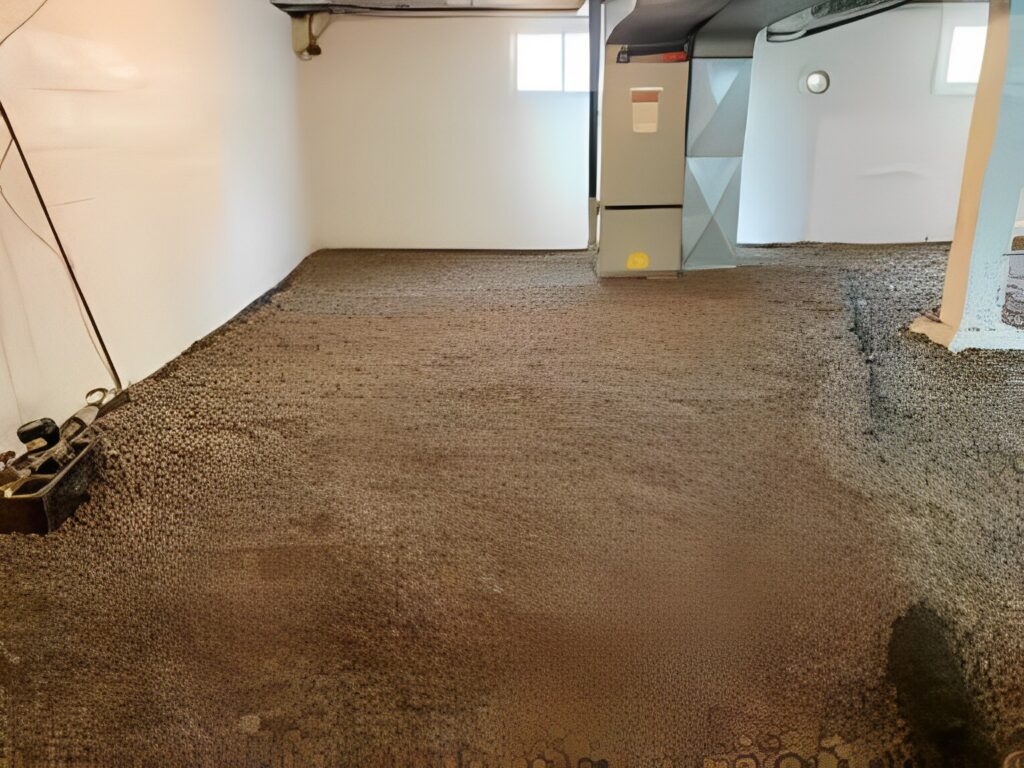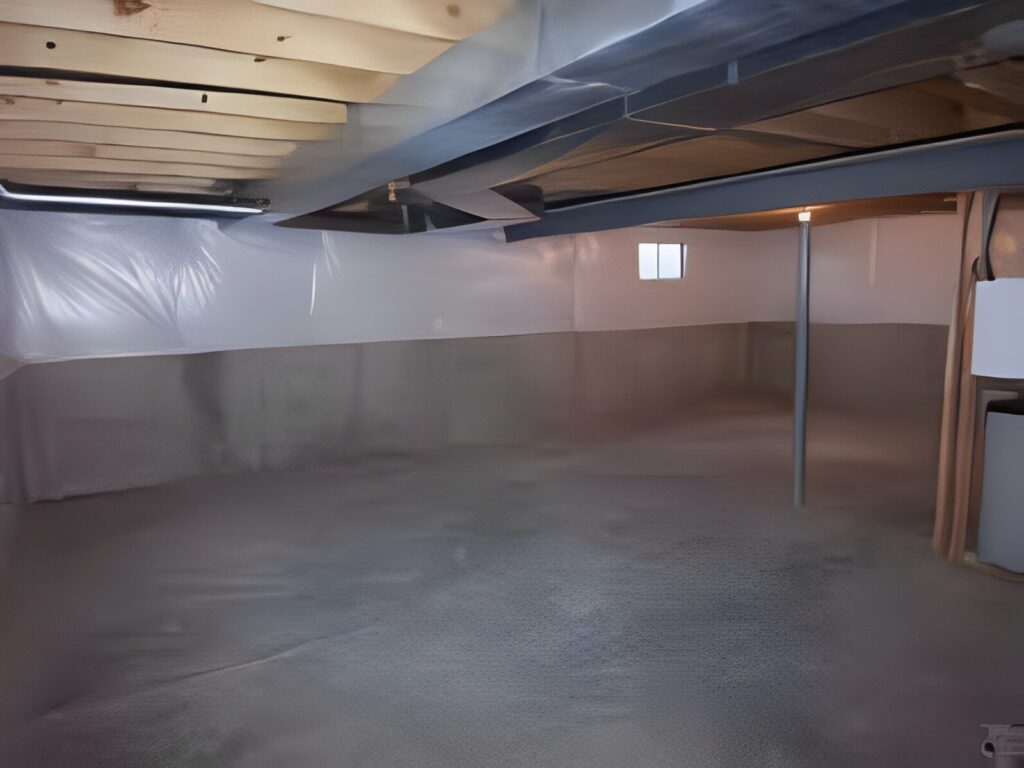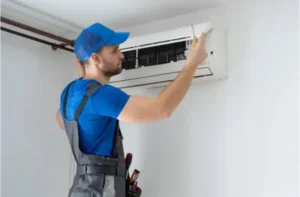Essential Steps For Basement Floor Repair

A damaged basement floor can lead to a host of issues, including compromised structural integrity, moisture infiltration, and potential hazards. Repairing a damaged basement floor is essential to restore stability, prevent further damage, and ensure a safe living space. In this comprehensive guide, we will explore the essential steps involved in basement floor repair, including assessment, preparation, repair methods, and preventive measures. By following these steps, homeowners can address basement floor issues effectively and create a solid foundation for their property.
Assessing The Damage: Understanding The Causes And Extent Of Basement Floor Issues
Basement floor issues can be a homeowner’s worst nightmare, leading to structural instability, water damage, and compromised living spaces. Assessing the damage and understanding its causes and extent is crucial in finding effective solutions. The causes of basement floor problems can vary from inadequate foundation design, poor construction techniques, soil settlement, or even natural disasters. Identifying the underlying factors behind the issues is the first step toward formulating a comprehensive repair plan. Factors such as cracks, uneven surfaces, moisture intrusion, or signs of structural distress must be meticulously examined to gauge the extent of the damage. By conducting a thorough assessment, homeowners can gain valuable insights to guide them in making informed decisions for basement floor repair and implementing appropriate measures to address basement floor issues effectively.

Preparing For Repair: Clearing, Cleaning, And Ensuring A Solid Base
Before embarking on any repair work, it is essential to prepare the area by clearing and cleaning the basement floor while ensuring a solid base for the upcoming repairs. Clearing the space involves removing any furniture, belongings, or debris that may hinder the repair process. Once the area is cleared, a thorough cleaning is necessary to remove dirt, dust, and any existing mold or mildew. This ensures a clean surface for optimal adhesion of repair materials. Additionally, it is crucial to assess the base or substrate for any structural weaknesses or damage, addressing them before proceeding with repairs. By meticulously preparing the space and establishing a solid base, homeowners can lay the foundation for successful repairs that will restore their basement floor to its former stability and functionality.
Choosing The Right Repair Method: Options For Basement Floor Restoration
Different basement floor issues require specific repair methods. We will explore various repair options, including crack injection, slab jacking, concrete resurfacing, and complete floor replacement. Each method has its advantages and considerations, depending on the nature and severity of the damage. By understanding the pros and cons of each approach, homeowners can make informed decisions and select the most suitable repair method for their basement floor.
Executing The Repairs: Step-By-Step Process For Basement Floor Restoration
Executing the repairs for basement floor restoration involves a step-by-step process to ensure effective and long-lasting results. Firstly, any cracks or fissures in the floor should be repaired using an appropriate filler or epoxy compound, following the manufacturer’s instructions. Once the cracks are addressed, it is important to level the surface by using a self-leveling compound to eliminate any unevenness. Next, a waterproofing membrane should be applied to create a barrier against moisture intrusion. After the membrane is installed, a high-quality concrete overlay or floor covering can be applied to restore the floor’s aesthetic appeal and durability. Finally, allowing sufficient time for curing and drying is crucial to ensure the longevity of the repairs. By following this systematic approach, homeowners can successfully execute the repairs and achieve a fully restored basement floor that is both functional and visually pleasing.
Preventive Measures: Protecting And Maintaining The Repaired Basement Floor
After completing the basement floor repairs, it is crucial to implement preventive measures to protect the newly restored surface. We will discuss strategies for maintaining the repaired floor, such as regular cleaning, addressing moisture issues, and implementing proper drainage systems. Additionally, we will provide tips on how to prevent future damage, such as using appropriate flooring materials, managing humidity levels, and performing routine inspections. Proactive maintenance preserves the integrity of the basement floor and minimizes the risk of future issues.
Seeking Professional Help: When To Consult Experts For Basement Floor Repair
While some basement floor repairs can be undertaken by homeowners, certain situations may require professional expertise. We will discuss the circumstances in which it is advisable to seek professional help, such as extensive structural damage, complex foundation issues, or lack of experience in repair techniques. Engaging qualified contractors ensures that the repair work is done accurately, adheres to local building codes, and provides the best outcome for long-term basement floor stability.
Conclusion
Repairing a damaged basement floor is essential for maintaining a safe and structurally sound living space. By following the steps outlined in this guide for basement floor repair, homeowners can effectively assess the damage, prepare the area, choose the right repair method, execute the repairs meticulously, implement preventive measures, and seek professional help when necessary. A properly repaired basement floor provides peace of mind, protects the investment in the property, and creates a solid foundation for the overall structural integrity of the home.

Lyle Vasquez is a technology blogger based in Connecticut. He has been passionate about technology since early childhood when he used to take apart and rebuild computers in his parent’s garage. Lyle’s tech-related blog posts are written to help others learn how to use the latest technology tools and devices. He loves to find new ways to integrate technology into everyday life. Lyle is a great resource for tech enthusiasts looking to stay up to date on the latest technologies.








